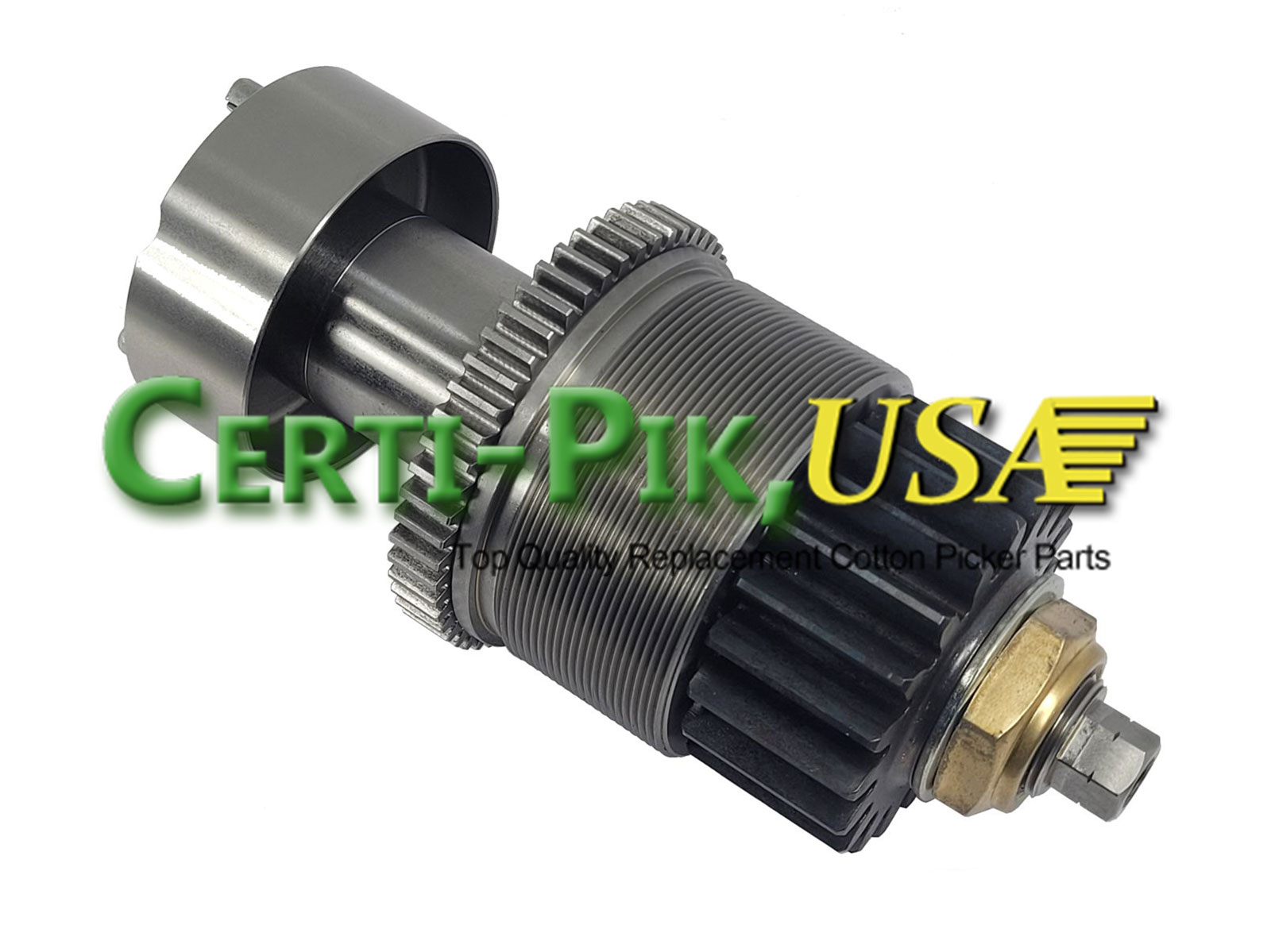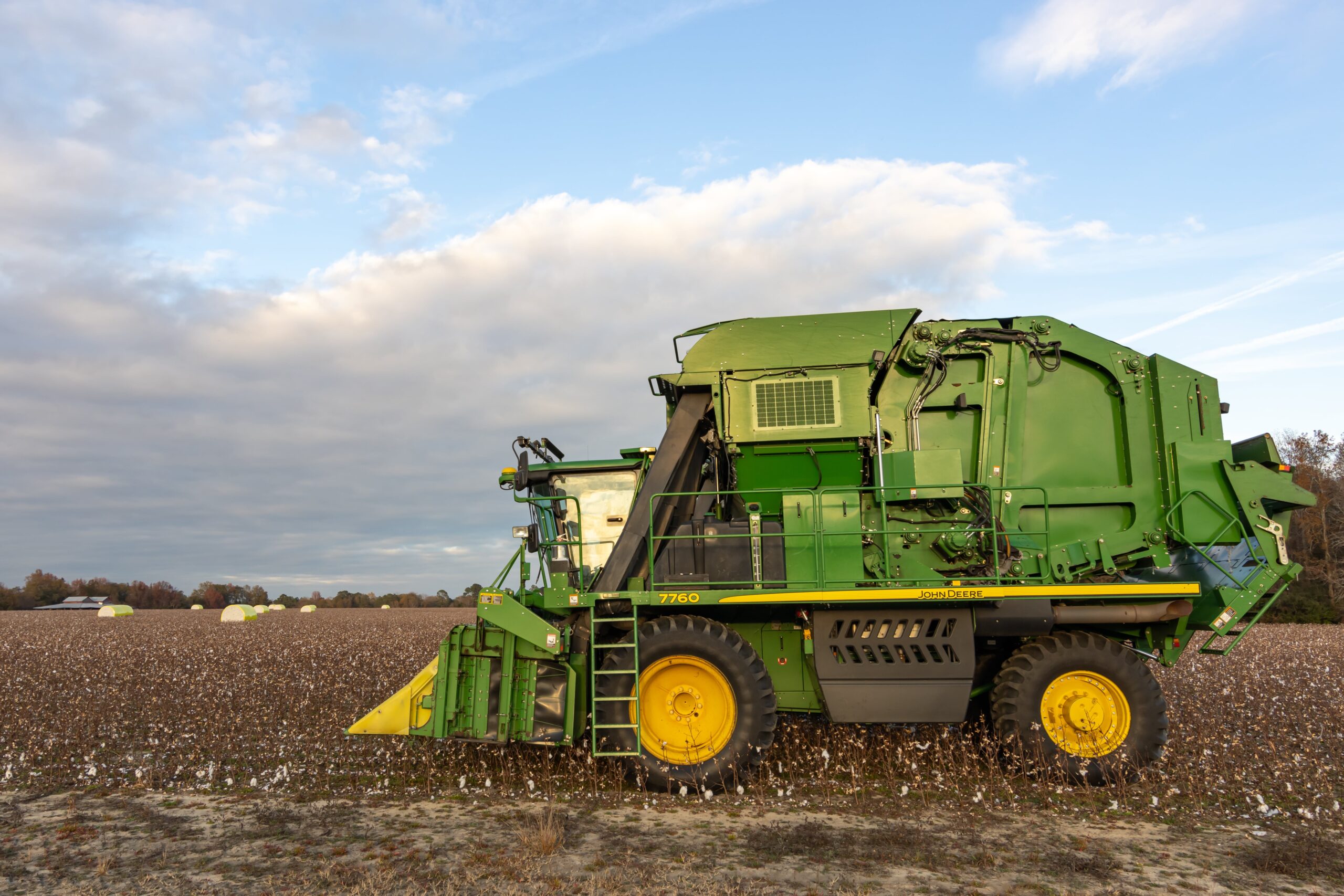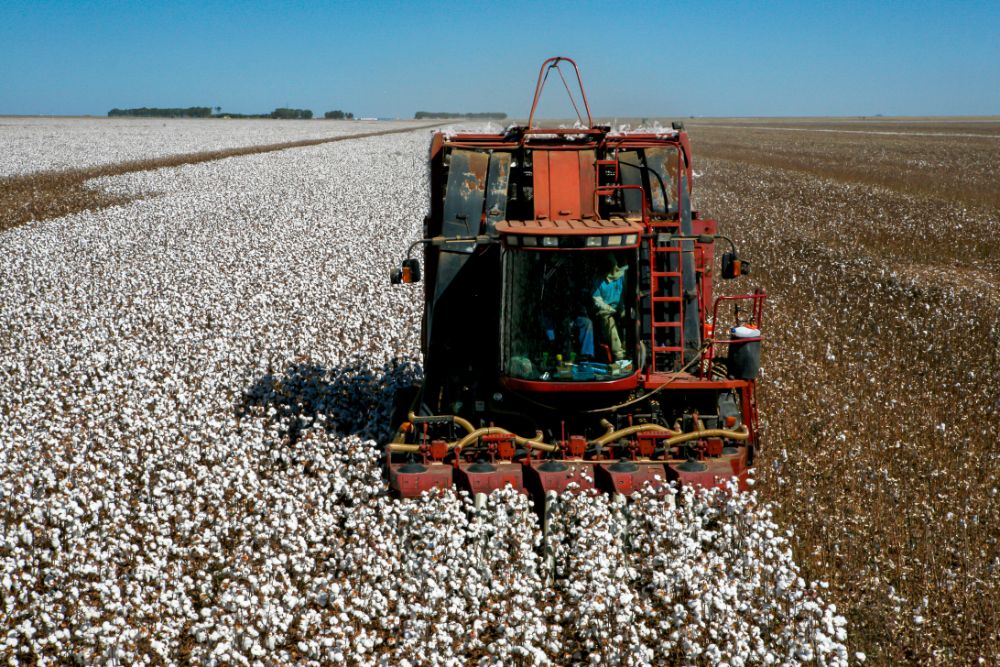When it comes to maintaining or rebuilding your John Deere equipment, especially cotton harvesters, the importance of sourcing high-quality replacement parts cannot be overstated. John Deere aftermarket parts are essential for keeping machinery running smoothly, enhancing performance, and ensuring longevity. Whether you’re reaching for a critical repair or an ambitious rebuild, having the right parts
READ MOREAuthor: Don Evink
Essential Maintenance: The Role of John Deere Replacement Parts in Farming
When it comes to keeping your farming equipment running smoothly and efficiently, regular maintenance and timely replacement of parts are crucial. In the world of agriculture, where every minute counts and every crop harvested is a hard-earned profit, having reliable and durable replacement parts is essential. This is especially true when it comes to equipment
READ MOREMaximizing Performance: A Guide to Aftermarket John Deere Replacement Parts
Using quality replacement parts is essential for maximizing the performance of your John Deere cotton harvester. Regular maintenance and timely replacement of worn-out parts can significantly impact the efficiency and longevity of your equipment. Why Choose Aftermarket John Deere Replacement Parts? John Deere is one of the world’s most reputable manufacturers of agricultural equipment. Their
READ MORERevolutionizing Cotton Harvesting: The Role of Modern Harvesters
Cotton harvesting has come a long way since the early days of manual labor in the fields. The process has become much more efficient and productive with the introduction of modern technology and machinery. One of the key players in this revolution is the modern cotton harvester. The Evolution of Cotton Harvesting Before we dive
READ MOREFrom Field to Fabric: Understanding Cotton Harvesting Techniques
Cotton is one of the most important crops in the world, and it is used in a wide range of industries, from textiles to medical supplies. Harvesting cotton requires precision, efficiency, and expertise to ensure a successful yield. The Importance of Cotton Harvesting Before we dive into the specifics of cotton harvesting techniques, let’s first
READ MORE



